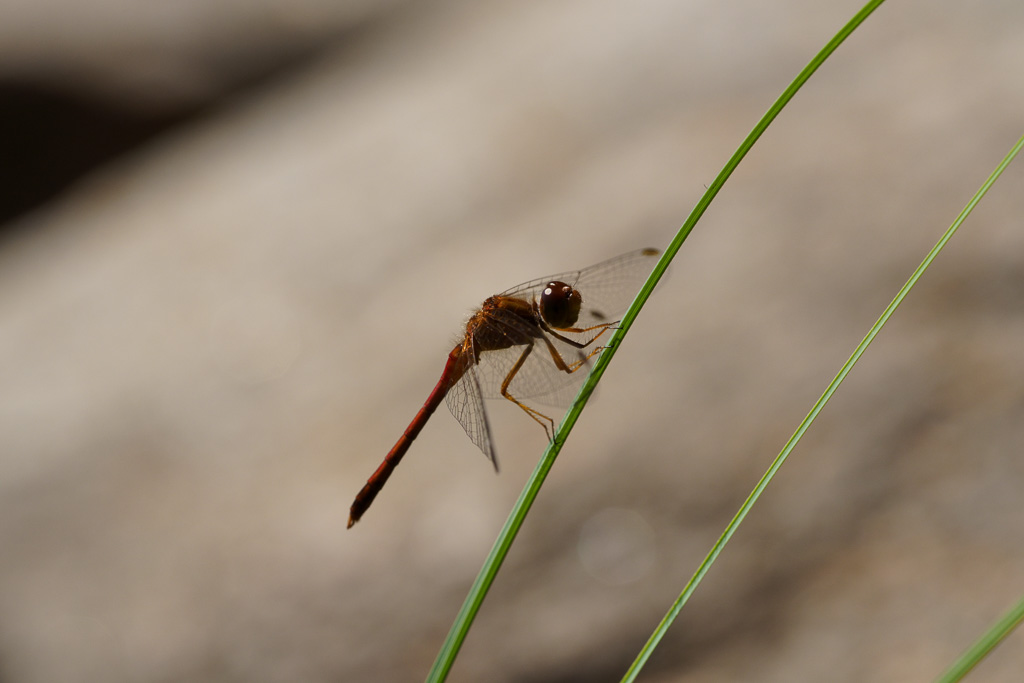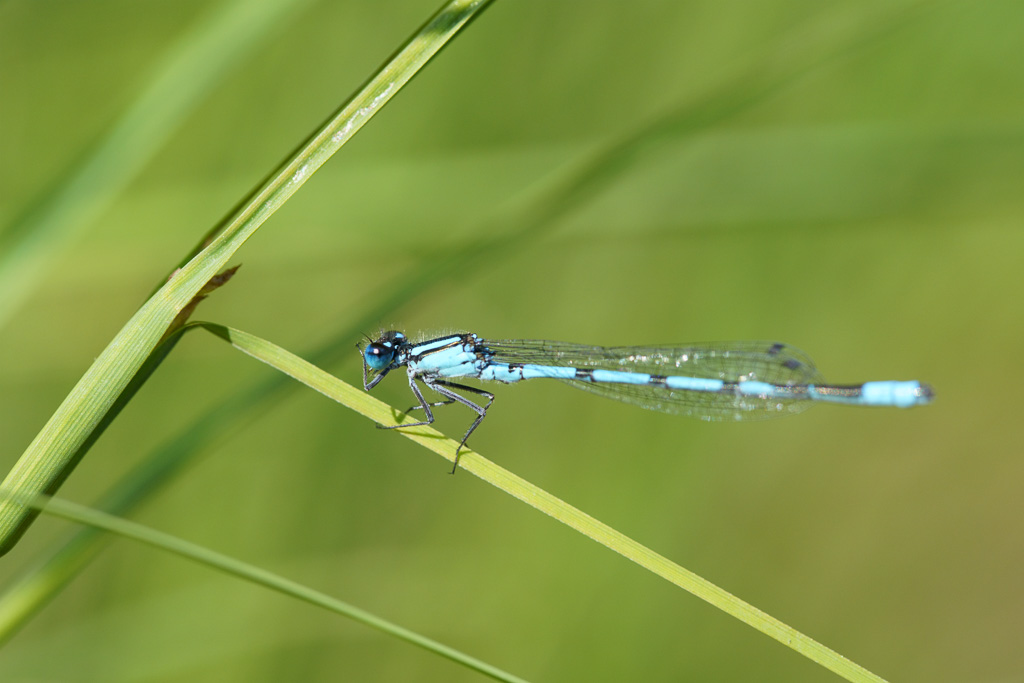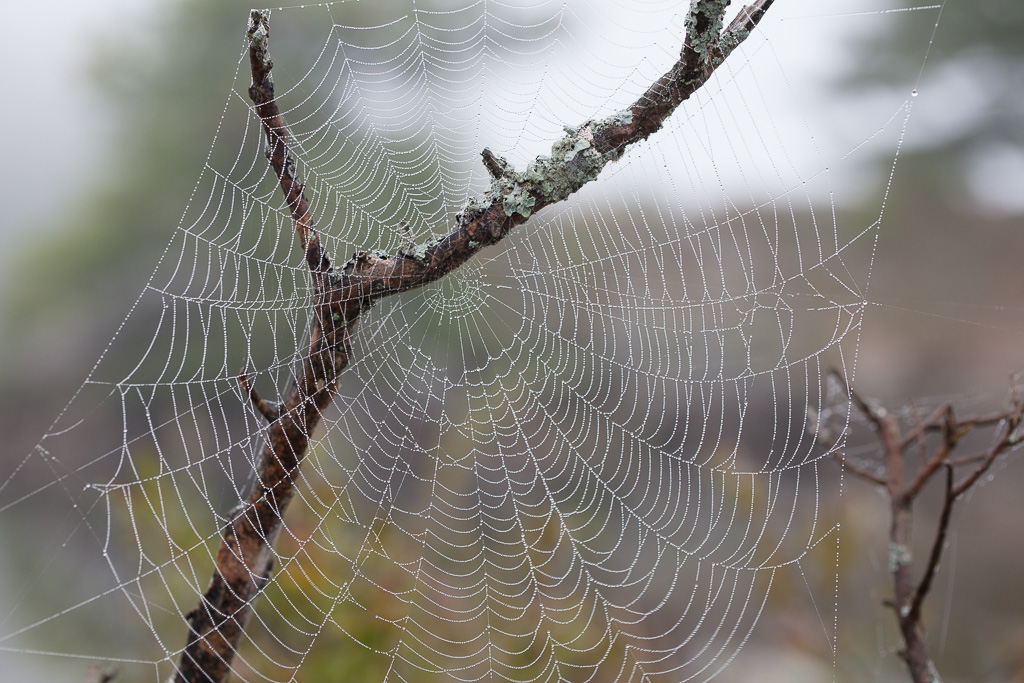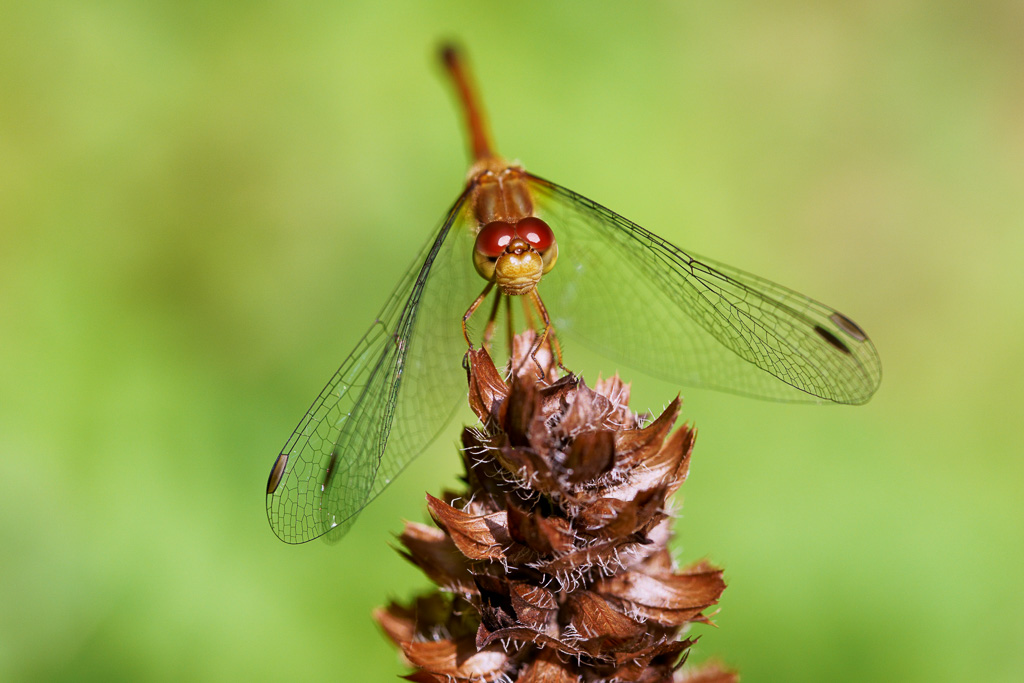As a city dweller who lives high above street level, I rarely encounter bugs. Growing up in a suburban house, I had regular visits from spiders, potato bugs, centipedes, silverfish, earwigs, houseflies, black flies, moths, ladybugs, and of course mosquitos. Now, I see none of those crawly creatures. The only way I can interact with bugs in the city is to deliberately seek them out on ravine trails, as I sometimes do armed with a tripod and macro lens. But, really, the best way to photograph bugs is to get out of the city altogether, as I do once a year when we rent a cottage in the Haliburton Highlands.
Anecdotal accounts, based on reduced windshield splatter, point to a general decline in insect populations, or at least those insect populations that are airborne. Early attempts to conduct a census seem to support these anecdotal accounts. Then, at the beginning of this year, PNAS published a meta-study titled “Insect Decline in the Anthropocene: Death by a thousand cuts” which documents significant and varied stresses on insect populations.

Like most people, my default mode of engagement with the wider world might best be described as “benign denial.” I’m not actively hostile to science and the facts it lays bare, but sometimes those facts overwhelm me and it’s easier to hold myself in a bubble of cognitive dissonance. I acknowledge the facts, but I carry on as if the world is eternal and unchanging.
One of the things that helps sustain my bubble is the obvious fact that the Haliburton Highlands have (so far) been relatively untouched by the kinds of changes that are ravaging other regions of the globe. Locals tells us we are smart to wait until the end of summer; in June, the black flies and mosquitos were ferocious. Just like last year. And the year before that. I walk barefoot into the sandy shallows of Bob Lake and watch the dragonfly larvae skitter underwater. In the afternoon light, I wade through the reeds and stalk mature dragonflies and damselflies. As I kneel in the water to photograph a dragonfly on a blade of grass, another settles on my back and sits there until I’m done.
Apparently, both dragonflies and damselflies are acutely vulnerable in times of climate instability. Drought can be deadly. In low humidity situations, both these species can desiccate to death within an hour. However, these dire concerns don’t seem particularly pressing as I track these insects through the shallows of an Ontario lake.

It should come as no surprise, in this age of anti-vaxxer conspiracy push-back, that a similar push-back has emerged in response to studies of insect population decline. The push-back is acutely hostile to suggestions that the stresses on insect populations are a direct result of human activity. Take, for example, the right-wing online outlet for obfuscation, Quillette, which posted a July 25th article titled “The Insect Apocalypse That Never Was.” It deploys the increasingly familiar strategy of playing up the uncertainty that is hard-wired into scientific method. As with a global pandemic, so with the assessment of insect populations, scientists express numbers in probabilistic terms and offer theories of causation in language that eschews absolute certainty. This is not a defect in these studies; it is an expression of humility. As human beings, we don’t know everything.
But we know enough.

